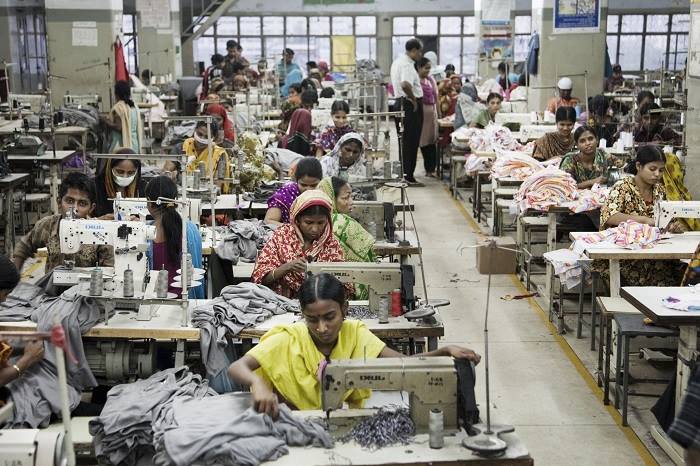
What You Need to Know About Sweatshops
A factory or production house is considered a sweatshop if it violates 2 or more labor laws like an employee’s right to fair wages, a safe working environment free from danger or discrimination, and a right to privacy. According to the DoSomething Organization, there are about 170-200 million children ranging from ages 5-14 that are being forced to work in dilapidated, toxic and harmful environments in order to produce products such as shoes, clothes, coffee, and chocolate.
About 90% of the workers in sweatshops are women. Imagine earning 24 cents on every jersey you sow, only for it to be sold for almost $140 on the market. These women are reportedly forced to take birth control pills and undergo pregnancy tests to avoid maternity leaves and decrease in labor hours. Sweatshops exist because brands abuse the need for work of third world countries, and they ignore the conditions they are in because it brings them a lot of profit with the least amount of production cost. The countries with the most sweatshops, mainly Bangladesh, Sri Lanka, Mexico, El Salvador and Turkey, are also countries with weak justice systems that cannot defend the abuse of their citizens against foreign brands seeking for cheap production.
What can we do about sweatshops? With issues like global warming and terrorism, should we spend our time and efforts on fair labor wages and working conditions? The answer will always be yes. Just like the earlier mentioned issues, we can all contribute to alleviating them in our own ways. For one, we can start by educating others on sweatshops since not many know where their clothes and other material things come from. We can also be more aware with brands that do not make use of sweatshops, or companies that are fair to their workers. Lastly, only buy what you need. Buying more clothing or shoes that you do not necessarily need will only clutter your home and life, and encourage brands to continue their cruel ways.
Recent Posts
Categories
- Advocacy (48)
- Beauty and Science (101)
- Beauty Buzz (2)
- Entrepreneurship (68)
- Lifestyle and Travel (56)
- Parenting (16)
- Podcast (13)
- Press (122)
- Rotary Club Newsletters (13)
- TatlerTalks (3)
- Through My Virtual Screen (3)
- Two For the Road (23)
- Uncategorized (3)



